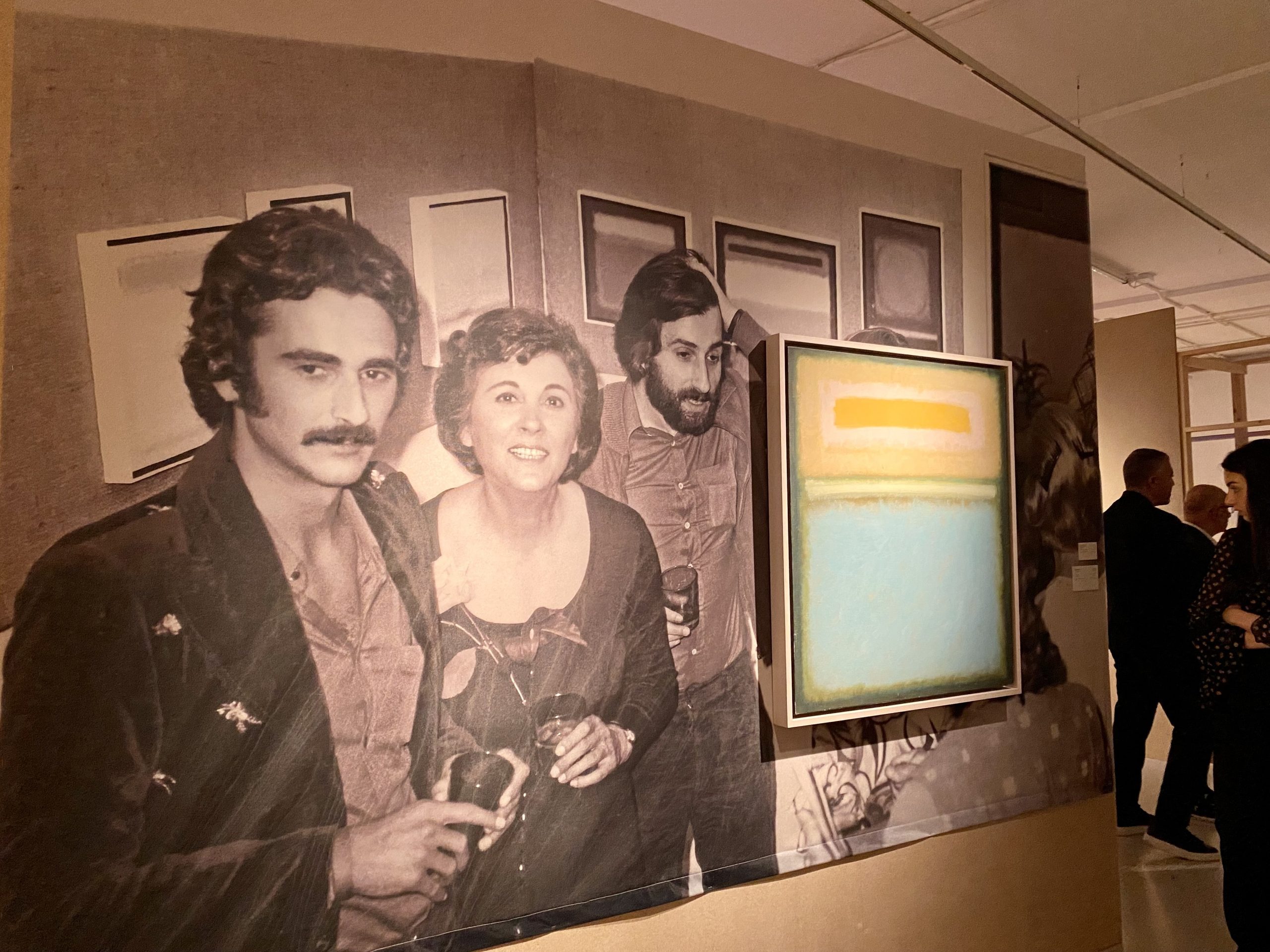Beirut has long been described as a cultural hub that continues to birth prominent artists who impact the entire region.
Lebanon’s art, culture and politics have all gathered in one place in Doha under the “Beirut and the Golden Sixties: A Manifesto of Fragility” exhibition, a romanticisation of the country’s artistic era in light of its challenges.
The exhibition was inaugurated on Thursday at Mathaf: Arab Museum of Modern Art and is here to stay until 5 August.
The gallery showcases art pieces and archives from as far back as the 60s, highlighting Lebanon’s position as an artistic hub and destination for creatives since the 1943 independence from French-mandated colonial rule.
The curators are also Sam Bardaouil and Till Fellrath, both of whom have been directors of the Hamburger Bahnhof – National Gallery of Contemporary Art in Berlin, since January 2022.
“It’s a big, big responsibility at this particular moment in time to talk about a place that is embroiled in turmoil and so much pain and a lack of direction in a sense where people have to wake up with so many struggles,” Bardaouil told the press during a media tour on Thursday.
A nation united by art
Even prior to the 1975 civil war, Lebanon had birthed numerous creatives who influenced the region, with art speaking up for a nation divided by politics.
Split into two parts, one section shows the flourishing art scene and the second shows the political aspect of Lebanon, including the civil war.
Other parts of the exhibition displays art works illustrating regional challenges from the 60s and beyond, including the six-day war in 1967, known as the Naksa or Setback, that saw Israel take over Palestinian lands.
The exhibition includes multimedia installations created by Joana Hadjithomas and Khalil Joreige, shedding light on the emergence of art amid the country’s turmoil.
Where to next?
A recurring question that was raised throughout the media tour was “where do we go next?”, referring to the perseverance of the people of Lebanon.
“For us to kind of try to do a show that has the word Beirut in it or to connect to Beirut in any way at this moment comes with a big sense of responsibility,” Bardaouil noted.
Upon explaining the exhibition’s title, “a manifesto of fragility”, Bardaouil described the fragility of one’s existence and embracing it as “the only true universal truth that binds us together.”
“This is maybe one way of thinking about Beirut, it’s a city that is extremely fragile in itself, in itself it is a manifesto of fragility, yet that city somehow tries, despite its broken limbs, to stand up on its feet and figure out a way of being,” Bardaouil explain.
In 1975, various sides in Lebanon engaged in a bloody civil war that lasted for 15 years. The war came to an end with the help of the 1989 Taif Agreement, negotiated in Saudi Arabia at the time.
Despite its end, remnants of war remain lingering today.
The country has faced more challenges since, the most tragic in recent times being on 5 August 2020, with the tragic Beirut Port explosion that defaced the vibrant city.
The exhibition begins with the Beirut Port, which has long been an introduction to Lebanon, as well as an instalment featuring clips from the tragedy.
Hadjithomas explained that the installation represented the fragility of art pieces during the event that struck the country and took the world by surprise—all while repeating the question of “what should be done next?”







